Provence and the Côte d’Azur
Travelling through the glorious south of France is one of life’s true joys. From the welcoming smiles of Nice, to the warm hospitality of Avignon, and the bling of Monaco, the Provence-Alpes-Maritimes region of France is one place you’ll never forget.
We arrived into the French port city of Nice late on Tuesday afternoon, after a drive from Genoa, Italy which involved plenty of tunnels and viaducts. The actual border crossing from Italy to France is rather uneventful; just a toll plaza confirming the end of the Italian motorway system (autostrade) and then a sign welcoming us to the French motorway system (autoroute). Halfway across a bridge we saw a sign bearing the European Union’s circle of stars, informing us that we would enter France in 250 metres – by which point, we were driving through a mountain in a tunnel. Such is the reality of borderless Europe, where the Schengen agreement allows for hassle-free crossing of national borders.
On Wednesday we woke to a beautiful Nice day –the sky above a flawless canopy of blue, and the sun was shimmering off the Mediterranean Sea just a couple of blocks from our hotel. After a quick breakfast we walked along the Promenade des Anglais, the six kilometre road and public space which lines the beaches all the way from Vieux Nice (Old Nice) to the airport. By beaches, I refer to the rocky, pebble strewn strip between the sea and the footpath – it’s a far cry from the Maldives, but it’s a rocky ‘beach’ nonetheless. Along here, sections remain open for the public, however large portions of it have been bought by clubs which, for a cover charge (often around 15 Euros), provide you a beach towel, an umbrella, and the opportunity to order drinks delivered right to your deck chair. Although it was a sunny day, the air was cool and it was still early – we decided to give it a miss. We walked about a third of the way along the promenade before doubling back, and veering away into the old city.
Vieux Nice is one of the loveliest places we have been on this trip. The old pastel-coloured houses, complete with weathered shutters and flower boxes, lined the streets and playing host to the variety of shops below. Cafes, restaurants, bakeries, gift shops, book shops – it was all there. We found ourselves walking down Cours Saleya, the central produce market in Nice, with vendors selling ripe and ready vegetables, fruits, meat, flowers, cheese and all manner of fresh local delicacies. After a quick pitstop, and with a coffee and a croissant in our bellies, we swung back to the main beachside before climbing the hill of Colline du Château, the park which overlooks the coastal strip of Nice. From here we were afforded spectacular views of the Promenade des Anglais, and from the furthermost reaches of the point, we were almost able to touch the wings of aeroplanes approaching the Nice-Côte D’Azur airport (well, maybe not almost!). Descending back into the city, we lost track of time as we wound our way back through the old town towards the hotel.
On Thursday it was time to hit up my 37th country – Monaco. Monaco exists under a unique agreement with the French government that its military affairs are handled by France – so while Monaco is separate, in reality it exists under direct French protection. Although its history extends back to ancient Greek times, Monaco as we know it was established in 1215 as a colony of the kingdom of Genoa (now in modern Italy). It changed hands several times throughout the following centuries, until 1861 when a treaty recognizing a separate Monegasque (Monaco) nationality was signed with Paris. Monaco’s first casino opened in 1856, and 13 years later the royal family were making enough money off casino income that they abolished income tax – and the rest is history. Jumping off our 25 minute train ride from Nice, the Monte Carlo casino was our first port of call in the micronation. A dress code and cloakroom rule applies so we barely went inside, but we did have a quick brunch in the Café de Paris across the road. Monte Carlo is not the
capital of Monaco as many believe, but it is the largest suburb or quartier in the city. Because Monaco is a city in itself, Monaco is the capital of Monaco – just the way Singapore is the capital of Singapore. In fact Monaco is the world’s second smallest nation, after the Vatican, measuring just four kilometers across and less than two kilometers wide. In fact, many of the city’s ‘suburbs’ are in France. It has the world’s highest average life expectancy at 90 years, and the world’s lowest unemployment rate at 0%.
Making our way back from the casino, we walked around the waterfront which was still packing up after the Formula 1 Monaco Grand Prix about a month ago. After negotiating the maze of wire fences and crash barriers, we found the bottom of the steps which lead up to the royal palace and the Old City, or Vieux Monaco. Like a compact, more manicured version of Vieux Nice, the old city was like a dinky toy town but was absolutely authentic. Beyond that, the oceanarium of Monaco and the surrounding neighbourhood were what might result if a French renaissance artist was asked to design Singapore – perfectly manicured beauty. We were at the royal palace at just the right time – 11:55am – to watch the changing of the guard. The soldiers strutted out in devastatingly fabulous uniforms and what appeared to be (but surely weren’t) quaint Kyrgyz-style hats. A lunch later, we were back on the train from Monaco’s cavernous train station and heading back towards Nice.
On Friday, we headed out towards the interior of Provence, and the hearty soul of the south of France. Leaving Nice we detoured to Cannes, home of the annual film festival. Like a miniature Nice, Cannes is a sweet seaside town with a lot of money. Out of festival season, the festival hall is not particularly amazing, however it does certainly have a faint aura of glitz, if only created by the posters and celebrity handprints outside. The seaside in Cannes is also blessed with a beach created by artificial sand and planted palm trees, some of which has also been taken over by pricey private clubs. Like a movie star, Cannes turned to artificial means to cover its blemish, and just like a movie star, it has resulted in mixed success. Another hundred kilometers down the road however, St Tropez hosts a natural strip of sand which contributes to it
being one of the most exclusive villages in the world. For those not in the know, St Tropez is where the ‘haves’ hide away from the ‘have-nots’ of the world and play around with their million dollar yachts in front of the paparazzi. Unless you have lots of time to spend there, there’s really not much to see – it really is just a sleepy seaside village. However if you have the time and money (and not ALL accommodation options in St Tropez are exorbitant – only most of them), then you could while away your time celebrity spotting in the local cafes and sunbaking on the beach. If that’s your thing.
Continuing on, we drove back towards the motorway and inland to Aix-en-Provence. Pronounced as “ex”, Aix is a historic university town in the heartland of the region. Lined by trees, the old town of Aix gives ‘shabby chic’ a whole new meaning – cafes filled with university students swapping ideas, young men and women sharing a cigarette in a leafy, fountain-studded park while reading books, an overall bohemian vibe and a largely beautiful populace. We grabbed a sandwich in a small café before strolling through the old town for a bit before continuing. And we realised then that we could have spent much more time in Aix. I fell in love with that town in the hour I spent there, and I have already added “Learn French for a year in Aix-en-Provence”
to my bucket list. Watch this space – seriously! Our final destination for the night was Avignon, a historic town in northwestern Provence centered around a palace which once hosted the Catholic papacy. As we left Aix, the wind built and by the time we were on the autoroute it was gusting so strongly that it was affecting the steering of the car. We were later to discover that the wind was known as the mistral, and was not at all uncommon in Provence. Created by unstable air to the north, the wind is funnelled through a series of valleys towards the south of France. The place where the mistral is often the strongest is the Rhône Valley, of which Avignon sits right in the centre. It blows at around fifty kilometers an hour, but gusts can hit ninety or more, and it can last for days on end. The mistral usually blows in winter and spring, however it can occur at any time, and an old wives’ tale states that it can send a person mad. Driving along, we persevered through it, only to arrive in Avignon that evening and have the locals wonder what all the fuss was about!
Avignon is an enchanting place, bordered by a the River Rhône and surrounded by ramparts. In the centre lies the Palais des Papes, or Papal Palace, which was the centre of Western Christianity in the fourteenth century. Six papal conclaves were held there, securing its position as one of Christianity and Catholicism’s most important historical sites. The history of this region is deep and lengthy, but of the greatest joys is simply meandering the little laneways through the city and seeing the artworks along the way. I was lucky enough to have a friend in Avignon to show us around the city, but the concept is simple – walk with camera in hand, photograph cute building, stop for coffee; walk a bit more, photograph again, stop for another coffee. And repeat. The interior of the town is protected from the ridiculously strong mistral winds by the built up and vine-covered houses, and you won’t need a map because getting lost is half the fun. We had an exquisite lunch at a charming restaurant called Coin Cache; a burger made from fresh local ingredients, and grilled salmon with a decadent tepenade. We then made our way out of the city walls and in to the blustery conditions, crossing the Rhône River on a
bridge near the Pont D’Avignon. Pont D’Avignon is a half-ruined bridge which emerges from the city walls. Despite the wind, the setting was perfect, and the views back across the river towards the city, piled up on the hillside and crowned by the Papal Palace, were superb. I couldn’t wait however to get back into the city – the inspiring soul of Provence had worked its way under my skin, and I wanted more of it. We climbed the hill on which the Papal Palace was built, and into the gardens which offer a panorama across the Rhône Valley and to the mountains beyond. Stunningly dramatic is the best way to describe it. This is one place I will have to come back to.
When to go
Summer in Europe rocks – and you’re less likely to have to worry about the mistral wind if you come in July or August.
Essential Stats
Culture shock: 7/10
Language difficulty: 3/10
Quality of food: 10/10
Cost: 9/10
Physical demand: 4/10
Advice and warnings
Parts of France have a problem with theft, particularly pickpocketing from tourists during busy seasons. Keep a close eye on all your valuables.
Check Smart Traveller or the British Foreign Office for more comprehensive warnings.
Visas
Most Australians may enter France without the need for a visa, but Pakistanis and Indians must apply for a Schengen visa, which grants entry to several European countries which are part of the Schengen agreement. Pakistanis must pay PKR 7643 – the process takes around one month. Applications in India cost around INR 4196, and take less than 15 business days to process. Apply through your nearest French diplomatic mission (Islamabad, Puducherry). Monaco does not impose border controls, so for the purpose of immigration, is part of the Schengen visa area.
Getting there and around
From Melbourne, Lahore, Sydney and Chennai, Emirates flies to Nice via Dubai.
Melbourne from $2085 return
Lahore from PKR 125,380 return
Sydney from $2102 return
Chennai from INR 61,242 return
Transport around the region can be done by train; book major trips online at RailEurope.
Accommodation
Budget options can be booked through Hostelworld, while midrange options are available through websites such as Expedia. We stayed at the comfortable midrange Hotel Roosevelt in Nice and the lovely Le Limas Bed and Breakfast in Avignon where we were hosted by the vibrant Marion – a highly recommended stay!

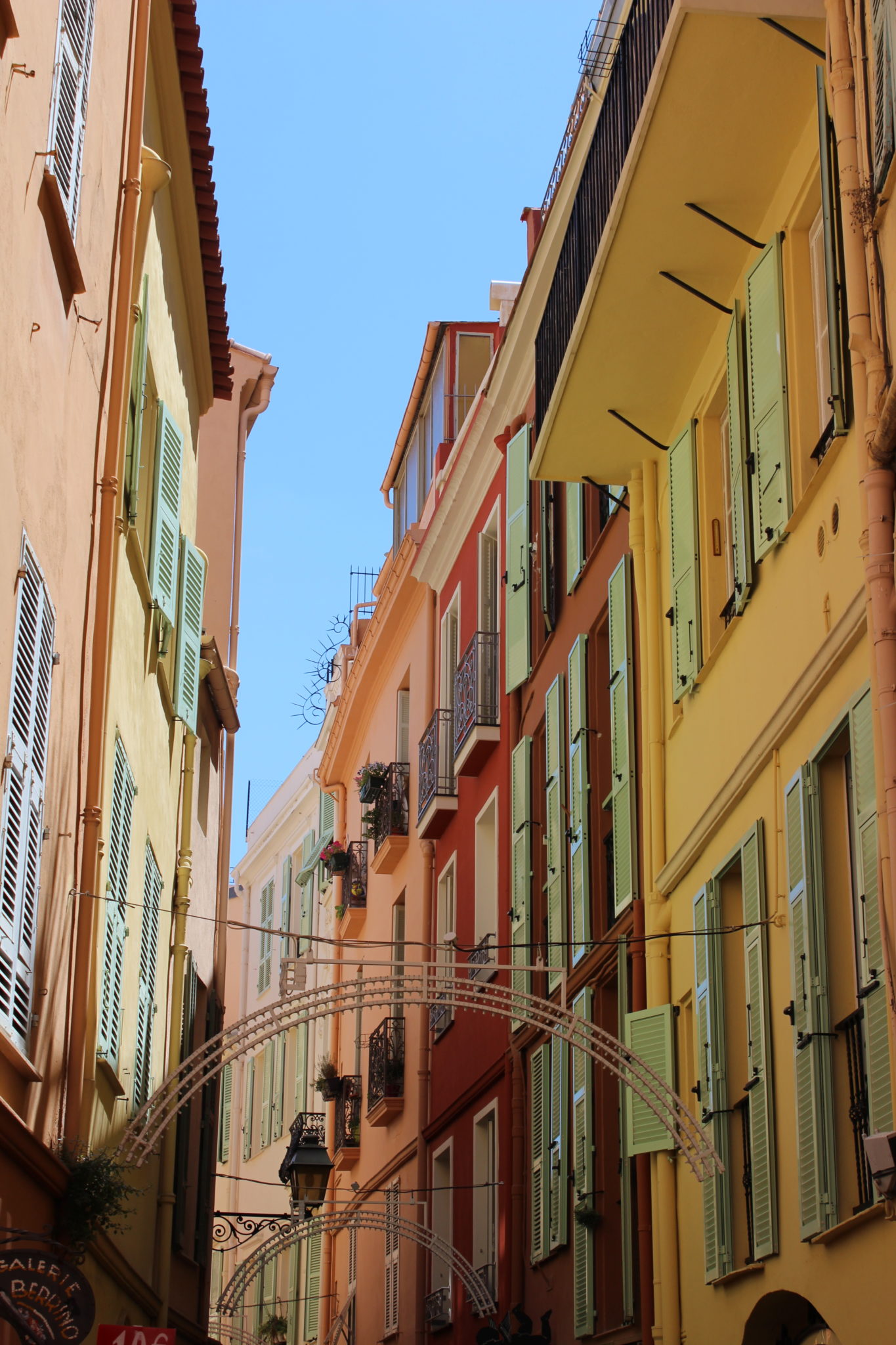
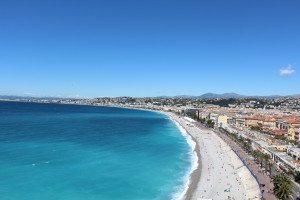
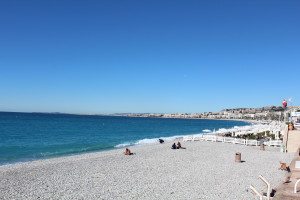
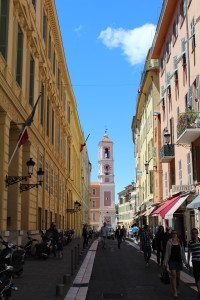
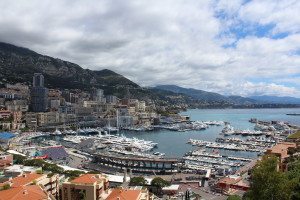
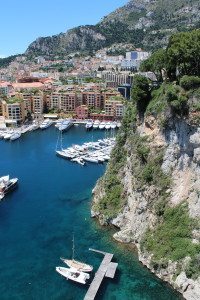
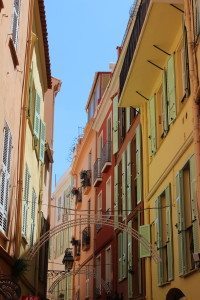

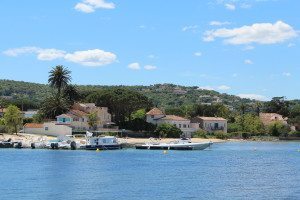
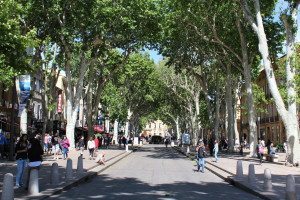
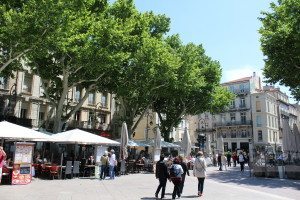
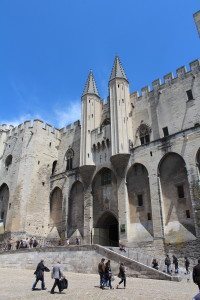
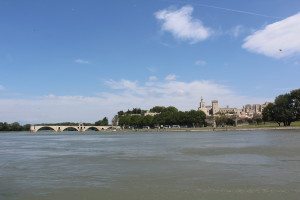
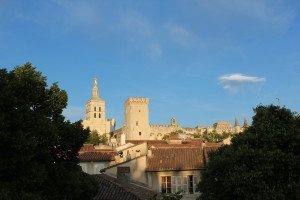
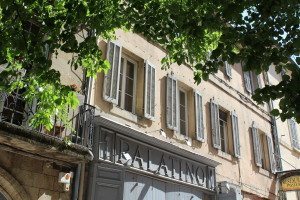



Amazing beach! Love it…!
Thanks Agness! But its hard to beat some of the beaches in Asia!!